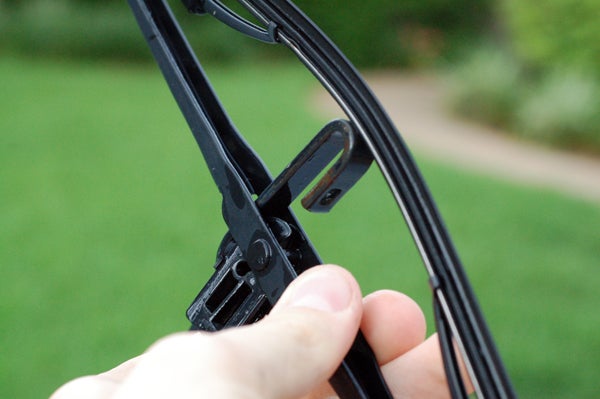Driving in bad weather can be challenging, especially if you’re dealing with broken windshield wiper blades. Faulty wiper blades can affect your visibility and make driving in heavy rain or snow unsafe. It is vital to address this issue promptly and take the necessary steps to deal with damaged windshield wiper blades.
First and foremost, it is imperative to recognize the signs of wiper blade damage. If you notice streaks or smudges on your windshield, or if your wiper blades are making unusual screeching noises when you apply them, the wiper blades are most likely damaged. Also, if the blades are missing large pieces, are cracked, or are no longer making proper contact with the windshield, these are signs that require immediate attention.
Once you’ve established that your windshield wiper blades are indeed damaged, it’s best not to delay fixing the problem. Ignoring this problem could lead to further damage, not only to your blades, but to your windshield as well. Additionally, driving with your wipers not working poses a safety risk because it impairs your ability to see the road. Fortunately, dealing with damaged windshield wiper blades is relatively simple.
The first step in solving this problem is to determine the replacement size that is right for your vehicle. This information can usually be found in your car’s owner’s manual, or by asking an auto parts store clerk. When shopping for new wiper blades, remember to buy a pair, as it is wise to replace both blades at the same time to ensure consistent performance.
Replacing damaged windshield wiper blades is a relatively simple process. First lift the wiper arm off the windshield until it locks into the upright position. You’ll then usually find a small tab or button on the underside of the wiper blade assembly. Press or slide this tab to release the old blade from the arm. Now, it’s time to install the new blade. Align the new blade’s hook or clip with the wiper arm, and press firmly until it clicks into place. Finally, do a quick test by spraying some water on the windshield and activating the wiper blades to verify they are working properly.
Prevention is always better than cure. To avoid damage to your windshield wiper blades in the future, it is vital to maintain regular maintenance and inspections. Clean the wiper blades regularly, especially in dusty or icy conditions, to remove any debris or dirt that may be hindering their performance. Also, avoid using wipers on a dry windshield, as this may put unnecessary stress on the blades and shorten their life. Finally, be aware of any unusual noises or loss of efficiency when operating your windshield wipers, as these may indicate a problem that needs attention.
In conclusion, dealing with damaged windshield wiper blades requires immediate action and proper replacement. By knowing the signs of blade failure and addressing issues promptly, you can ensure a clear, safe drive, even in challenging weather conditions. Regular maintenance and maintenance of wiper blades will also help prevent future damage, ultimately extending their life. Remember, in the world of driving, a small investment in repairing damaged wiper blades can go a long way in maintaining your road safety.
Post time: Jul-26-2023
